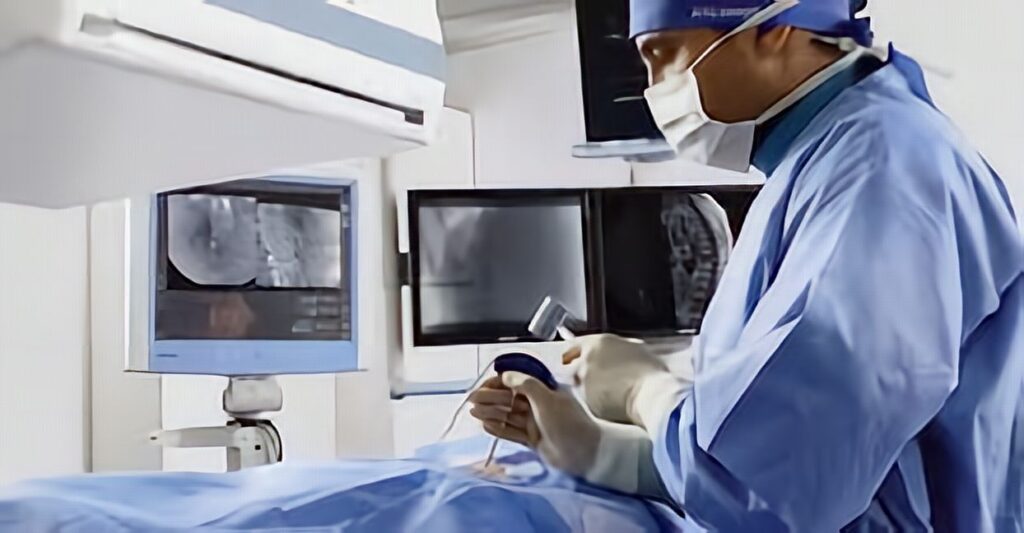Navigating the World of Esophageal Stents: What You Need to Know

The human body is an intricate masterpiece, with various organs working in harmony to maintain life. The esophagus, a vital component of the digestive system, plays a crucial role in transporting food and liquids from the mouth to the stomach. However, when diseases or conditions compromise its function, medical intervention becomes necessary. Esophageal stents are one such intervention that can be life-saving, and understanding their role and significance is essential.
The Esophagus: A Vital Conduit
The esophagus is a muscular tube that connects the mouth to the stomach, serving as a conduit for food and liquids. Its smooth and coordinated muscle contractions facilitate the passage of ingested material, ensuring it reaches the stomach for digestion. Unfortunately, the esophagus can face a range of challenges, including cancer, strictures, and other conditions, which can obstruct this critical pathway.
When such obstructions occur, patients may experience difficulty swallowing, pain, weight loss, and even life-threatening complications. In such cases, esophageal stents emerge as a potential solution to restore normal function and alleviate these symptoms.
Understanding Esophageal Stents
Esophageal stents are medical devices designed to open narrowed or obstructed sections of the esophagus, ensuring a smooth passage for food and liquids. They are typically made from a variety of materials, such as self-expanding metal, silicone, or plastic, and come in different shapes and sizes, allowing healthcare professionals to tailor the choice to the patient’s specific needs.
The primary purpose of esophageal stents is to relieve dysphagia, or difficulty swallowing, which is often caused by esophageal cancer, benign strictures, or other conditions that lead to a narrowing of the esophagus. These stents act as scaffolding, supporting the walls of the esophagus and maintaining an open pathway for food and liquids to pass through.
Types of Esophageal Stents
There are two main categories of esophageal stents: self-expanding and non-self-expanding.
Self-Expanding Stents: These stents are typically made of metal alloys such as nitinol. They are inserted into the esophagus in a compressed form and then expand to their designated size once in position. Self-expanding stents are suitable for longer-term use and are often used in cases of esophageal cancer.
Non-Self-Expanding Stents: These stents, often made of silicone or plastic, are inserted into the esophagus in their expanded state. They may be temporary and used in cases of benign strictures, post-operative swelling, or injury to the esophagus.
The choice between these types depends on the patient’s specific condition, as well as the expected duration of stent placement.
The Procedure
Inserting an esophageal stent is typically done under endoscopic guidance, meaning that a flexible tube with a camera is passed through the patient’s mouth and into the esophagus. This allows the healthcare provider to precisely place the stent in the narrowed area. The procedure is usually performed under anesthesia, ensuring the patient’s comfort.
Risks and Complications
While esophageal stents are valuable tools in the management of esophageal obstructions, they do come with certain risks and complications. The most common issues include:
Migration: Stents may move from their intended position, necessitating repositioning or removal.
Reobstruction: In some cases, new tissue growth can occur within or around the stent, leading to recurrent obstruction.
Pain or discomfort: Patients may experience mild discomfort or pain, particularly in the days immediately following stent placement.
Difficulty swallowing: While the primary goal of stents is to improve swallowing, some patients may still experience some level of dysphagia.
Perforation: In rare cases, stents may cause a perforation or tear in the esophageal wall.
It is important for patients and healthcare providers to weigh the potential benefits against these risks when considering esophageal stent placement.
Conclusion
Esophageal stents have revolutionized the treatment of esophageal obstructions, offering patients relief from the debilitating symptoms associated with conditions like cancer and strictures. By understanding the different types of stents, the insertion procedure, and potential complications, patients and healthcare providers can make informed decisions about the most appropriate course of treatment.
Navigating the world of esophageal stents is a critical aspect of modern medicine. While these devices can be life-saving, their use requires careful consideration and expert guidance. When used appropriately, esophageal stents can provide patients with an improved quality of life and a chance to enjoy meals without the burden of dysphagia, reaffirming the incredible impact medical innovation can have on the human experience.
